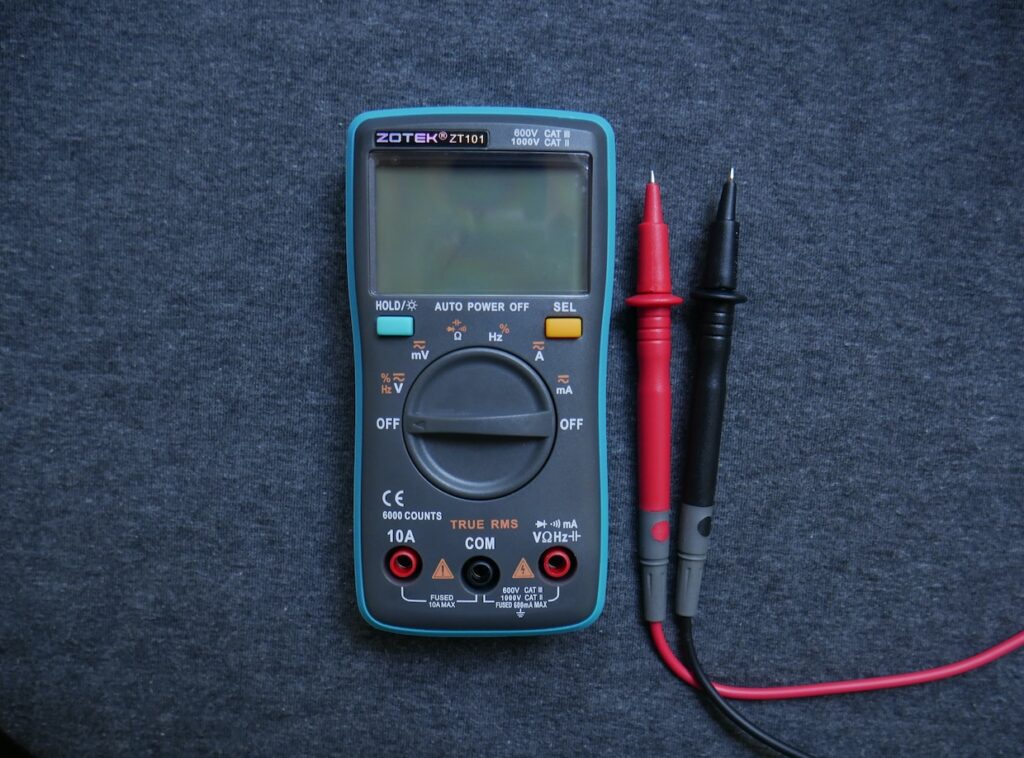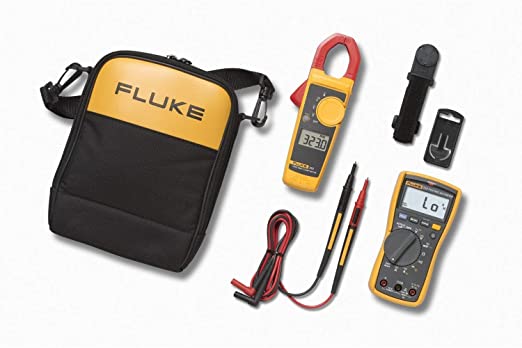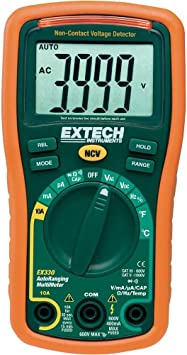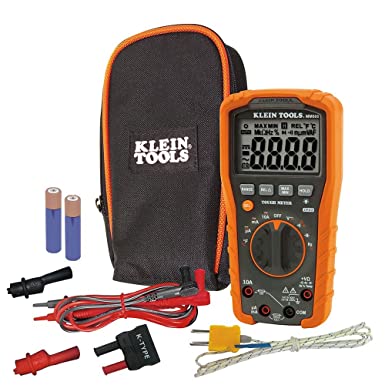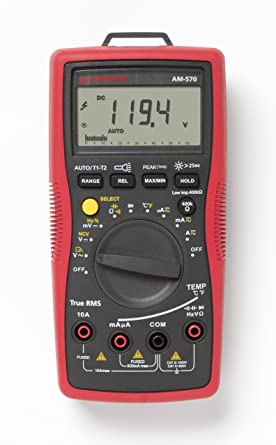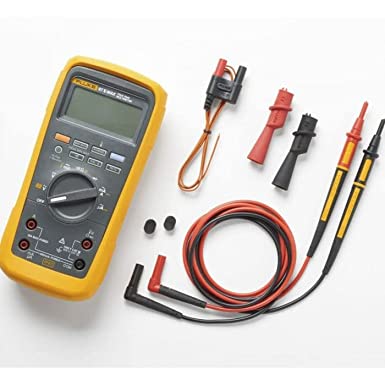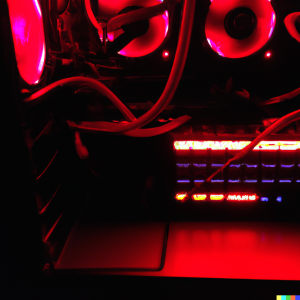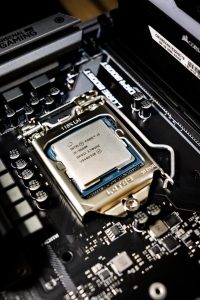A clamp meter and a multimeter are both used to test electrical systems, but their methods of measuring electrical values are different.
Using test leads that need to be in direct contact with the circuit under test, a multimeter can measure multiple electrical values like voltage, current, resistance, capacitance, and temperature. AC and DC electrical systems can both be tested with a multimeter.
An instrument for measuring current in electrical systems is called a clamp meter, also known as a current clamp or an amp meter. A clamp meter doesn’t use test leads. Instead, it uses a mechanism that looks like a jaw that can fit around a wire and measure the current that flows through it without breaking the circuit. Only AC current can be measured with clamp meters.
In conclusion, a clamp meter is more useful when working with larger electrical systems where it is not practical to break the circuit to take measurements, whereas a multimeter is more versatile and can measure multiple electrical values.
